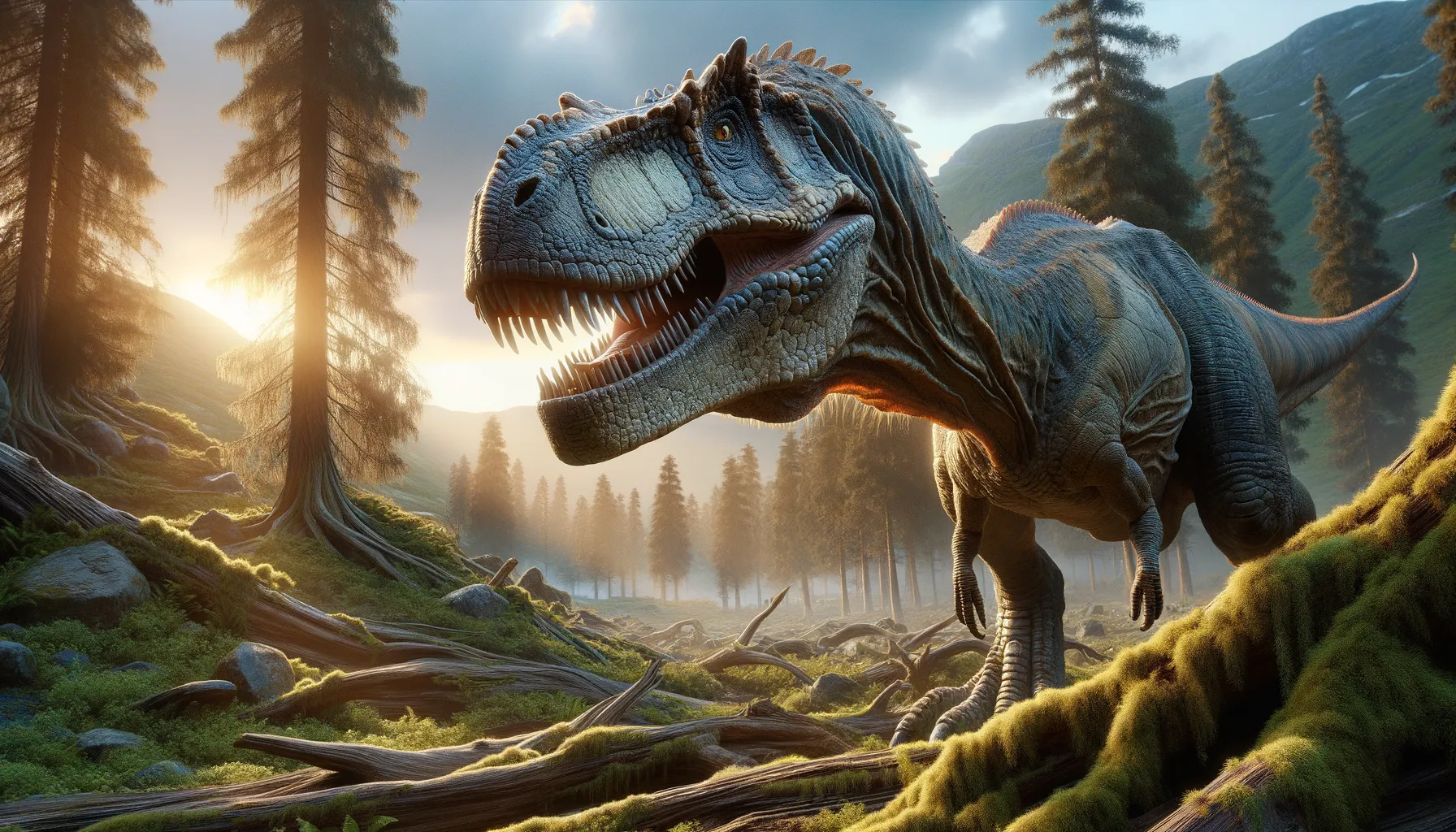
Shaochilong
Cretaceous predator with a unique skull design.
Period
Cretaceous
Length
Roughly 5 to 6 meters long.
Height
About 2 meters tall at the hips.
Weight
Approximately 500 kilograms.
Shaochilong was a medium-sized theropod dinosaur known for its distinctive skull and predatory nature. Existing during the Late Cretaceous period, it roamed regions that are today part of China. Its fossil remains have provided crucial insights into the diversity of predatory dinosaurs in Asia and their ecological roles. Despite its formidable appearance, Shaochilong was smaller compared to other theropods, which may have influenced its hunting techniques and prey choices.
Diet
Shaochilong was carnivorous, likely preying on smaller dinosaurs and possibly scavenging. Its sharp teeth and strong jaws were well-suited for slicing through flesh, allowing it to efficiently consume its prey.
Hunting
As a predator, Shaochilong may have relied on stealth and speed to ambush unsuspecting prey in its environment. Its medium size might have enabled quick bursts of speed, necessary for surprising smaller and agile dinosaurs.
Environmental challenges
Living in a diverse ecosystem, Shaochilong faced competition from other predators as well as environmental changes during the Late Cretaceous. Shifts in climate and vegetation could have impacted the availability of prey, requiring adaptability in its hunting strategies. Additionally, environmental pressures may have driven evolutionary changes to improve its survival skills in its ever-changing habitat.
Speed
Likely moderate for a predator.
Lifespan
Estimated to be around 20-30 years.
First discovery
First discovered in China in the early 20th century.
Fun Facts
- Shaochilong was a theropod dinosaur that lived during the Late Cretaceous period, about 92 million years ago.
- Its name means 'shark-toothed dragon,' reflecting the serrated teeth that resemble those of modern sharks.
- Shaochilong is one of the few known Asian carcharodontosaurids, a group usually found in the Southern Hemisphere.
- The remains of Shaochilong were discovered in the Ulansuhai Formation in Inner Mongolia, China.
- It is estimated to have been about 5-6 meters long, making it relatively small compared to other members of its family.
- Shaochilong was a carnivorous dinosaur, likely preying on smaller animals that lived in its region.
- Its discovery has helped scientists understand the distribution and diversity of large predators during the Cretaceous period.
Growth and Development
Shaochilong likely followed a growth pattern similar to other theropods, with rapid growth during its juvenile stages to reach adulthood swiftly. As it matured, its physical development would stabilize, possibly leading to changes in its hunting methods. Fossil evidence helps researchers understand its growth rate by examining the internal structure of bones.
Habitat
Shaochilong inhabited areas that were likely forested, with an abundance of prey and foliage. Its environment provided a rich ecosystem with varied species, enhancing its role as a key predator. The habitat would have been seasonal, affecting its hunting patterns and social behavior depending on prey availability.
Interaction with other species
Shaochilong interacted with various dinosaur species, including herbivorous dinosaurs which were potential prey. It may have had conflicts with rival predators over territory and food. Its interactions helped shape its ecological niche and influence coexistence within its environment.
Natural lifespan
Shaochilong's natural lifespan is estimated to have been around 20-30 years.
Reproduction
Shaochilong, like other theropods, was likely an egg-laying dinosaur, laying clutches in nests cared for by one or both parents to ensure offspring survival. Fossilized eggshells contemporaneous with Shaochilong provide insights into developmental stages.
Social behaviour
Shaochilong's social behavior might have included coexistence in small groups, but it was likely solitary when hunting similar to modern big cats. Its social interactions would facilitate learning and adapting hunting strategies.
Fossil locations
Shaochilong fossils have been discovered in China, specifically in areas that highlight its extensive territorial range during the Late Cretaceous. These findings have been crucial in understanding the geographic distribution of predatory dinosaurs in Asia, illustrating a rich and diverse fauna that thrived in ancient ecosystems.
